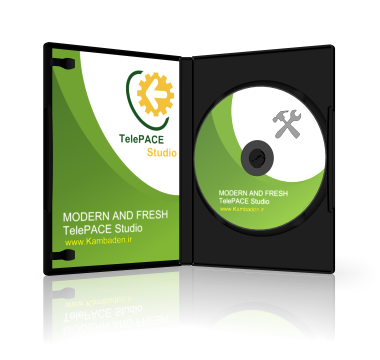
I'd use the bits to move between states, but I'd load integers to track what state I was in for the HMI. That's kind of what I've come up with and actually not far from what I used in my Logix5K program. I'll tackle all of them in chronological order: For some reason I'm not getting emails when responses come in, so I had no idea anyone had even posted. In the process industry you can come into situations that have very complex and long sequences of operations to complete something. So if a filtration takes 5 different steps to complete I have "filtration" as a state and the five steps that is required to do filtration in sub-states. My recommendation when you get up to say 20 states or more is to divide them into a state and a sub-state using two integers. When you have tens or hundreds of states it's not a good solution. The solution with bits you have used before is really only convenient on small systems. I have no experience with SCADApack/Telepace so you have to check what is convenient to implement.
#Telepace studio how to#
This can also be done with arrays of texts.Ībove is meant as a comment of how to solves this generally in PLCs and on DCS/SCADA systems. So instead of putting an integer on the screen showing the actual state is 3, you can have it show up as 3 - Filtering. It's basically made to convert an integer into a text. Many HMIs and DCS sysems have text lists or similar constructions. Using integers for states is also preferable when it comes to texts.

Then you can test if state3 is on instead of checking that state=3. So basically if you want to use bools somewhere you first call your function block turn_int_to_bools to set the bools. I'd make just one set of these so you can reuse them for every sequence. So you have bools called state1,state2,state3 etc up to 30 or whatever.If you can use an array of bools that would also be nice, then you'd get state, state, state etc. If there are situations where you rather have logic (booleans/flags/bits) to check for a particular state you can make a function block that takes one integer and then set a bunch of bools where the one that represents the proper state is set. If you want to reset it, you set it to zero. I'd just use integers and have one integer represent all the states of one sequence.Īs you go from one state to the next, you just increase the integer by one. Wondering how you guys would approach this, any suggestions would be greatly appreciated. There are three filter trains at the plant I'm working on, and each will have about 15-20 "states" offline, filtering, three backwash steps for each filter section (with four filter sections per train).and using CMP blocks/checking individual bits is really clunky in Telepace and it's looking like my preferred approach is going to be a nightmare. I used each "state" bit in the logic that would control valves, motors, etc.īut when Telepace, I'm not sure the best way to take care of this. It was really easy to follow in the logic, and because you can address individual bits in a DINT with coils/contacts it was really straightforward.

I'd simply latch one bit at a time, and unlatch it/latch the next when it was time to move to a new step.

When I've used AB (Logix5K) I had a really great "state" machine approach, where each filter train had a "state" DINT, and each "state" was a single bit.
#Telepace studio code#
One of the challenges I'm trying to gracefully code is controlling the various "modes" of the filters, whether they're filtering water or backwashing. I'm working on a small water treatment plant that has SCADAPacks spec'ed for the project (using Telepace).


 0 kommentar(er)
0 kommentar(er)
